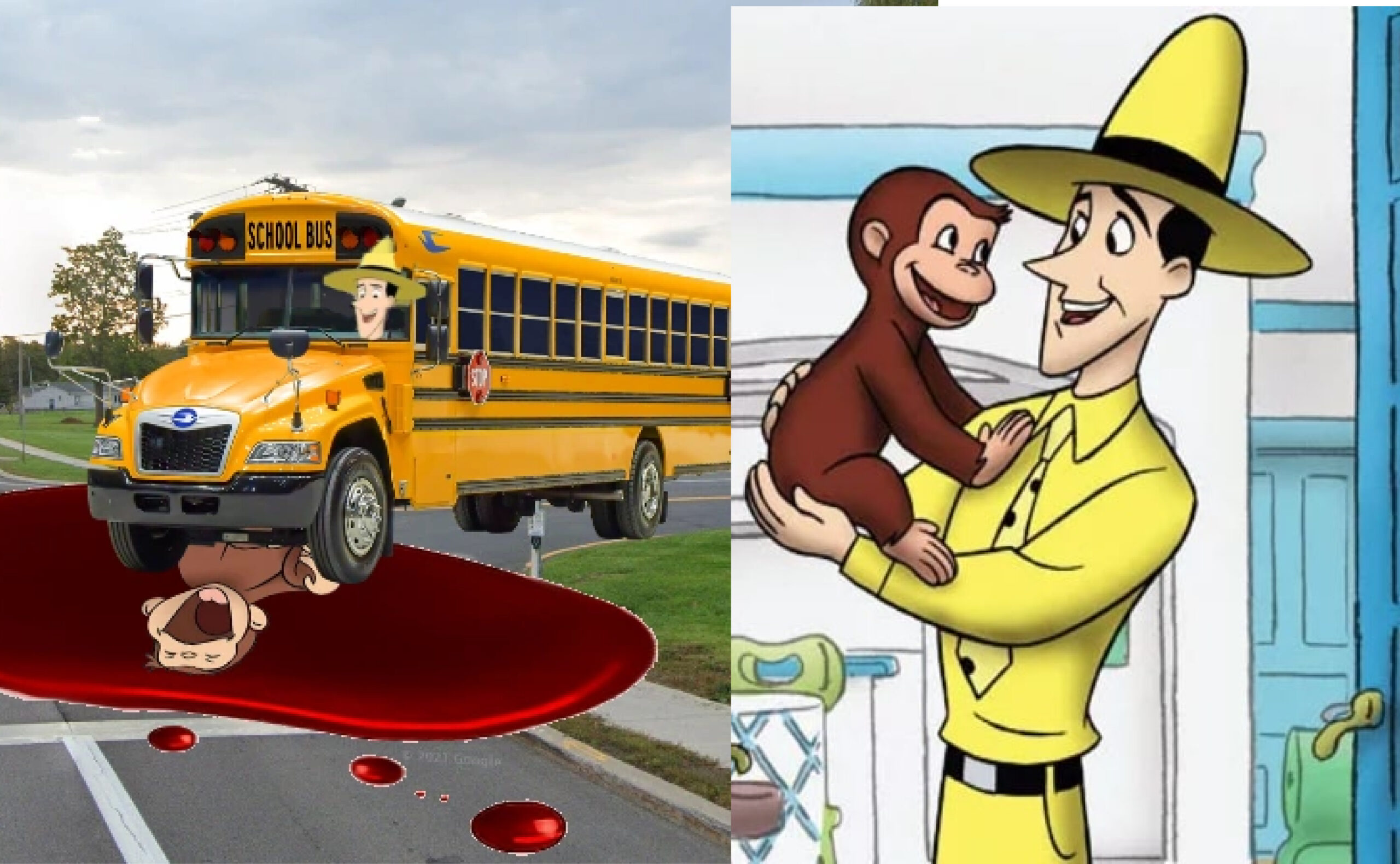Curious George, the beloved little monkey who has been a staple of children’s literature for decades, has captured the hearts of readers with his playful antics and insatiable curiosity. Created by H.A. Rey and his wife, Margret Rey, Curious George first appeared in 1941 and quickly became a cultural icon. The character’s adventures have been enjoyed by generations of children and have expanded into television shows, movies, and merchandise. However, despite the joy that Curious George has brought to so many, there is a persistent and somewhat disturbing question that has circulated on the internet: “How did Curious George die?”
This question, while jarring to fans of the cheerful monkey, stems from various rumors, misconceptions, and darker interpretations of the character’s stories. In this article, we will explore the origins of these rumors, examine the truth behind them, and delve into the legacy of Curious George that continues to live on.
The Origin of the Rumors: Where Did the Question Come From?
The question of “how did Curious George die?” seems to have originated from a combination of internet culture, misinterpretations, and the nature of modern storytelling. In recent years, there has been a trend in online communities to explore darker and more tragic interpretations of beloved childhood characters. This trend often involves creating fictional backstories or alternate endings that introduce elements of death, loss, or other mature themes into otherwise innocent narratives.
Curious George, with his mischievous behavior and frequent brushes with danger, has become a target for these kinds of reinterpretations. Some of these stories and theories suggest that George’s curiosity eventually leads to his demise, whether through a tragic accident or by other means. These fan theories have been shared and reshared across various platforms, leading to a certain level of confusion and curiosity among those who grew up with the character.
It’s important to note that these rumors are not based on the original stories by the Reys or any official media related to Curious George. Instead, they are the product of internet speculation and the tendency for darker narratives to capture attention online. However, the persistence of these rumors has led many to wonder about the true fate of the iconic monkey.
The Real Story: Curious George in the Books
To understand the true story of Curious George, it’s essential to return to the original source material—the books written and illustrated by H.A. and Margret Rey. In these stories, Curious George is portrayed as a young and inquisitive monkey who often finds himself in trouble due to his curiosity. However, despite the various scrapes and mishaps he encounters, George always manages to escape unscathed, often with the help of his friend, the Man with the Yellow Hat.
Throughout the seven original books published between 1941 and 1966, there is no indication that Curious George ever dies. On the contrary, the stories are characterized by their lighthearted tone and the sense of adventure that accompanies George’s explorations. Each book typically ends with George safe and sound, having learned a lesson or completed a fun and whimsical journey.
The idea that Curious George meets a tragic end is entirely unfounded in the context of the original stories. H.A. and Margret Rey created Curious George as a character who embodies the innocence and wonder of childhood, and his adventures were meant to be enjoyed without any sense of impending doom or tragedy. The enduring popularity of Curious George is a testament to the joy and positivity that the character represents.
Curious George in Popular Culture: Expanding the Legacy
Curious George’s legacy extends far beyond the original books. The character has been adapted into numerous television series, animated films, and even stage productions. In each of these adaptations, George remains the same curious and lovable monkey who gets into mischief but always comes out on top. His adventures are designed to entertain and educate young audiences, reinforcing positive messages about curiosity, friendship, and problem-solving.
One of the most notable adaptations is the long-running animated television series, “Curious George,” which has aired on PBS Kids since 2006. The show continues to introduce new generations of children to George’s adventures, and like the books, it maintains the same spirit of fun and discovery. The series, along with the 2006 animated feature film, “Curious George,” further solidifies the character’s place in popular culture.
These adaptations have helped keep Curious George relevant in a rapidly changing media landscape, and they have introduced the character to millions of children worldwide. Importantly, none of these adaptations suggest that Curious George meets an untimely end. Instead, they continue to present him as a timeless figure whose curiosity leads to learning and growth.
Addressing the Misconceptions: The Role of Internet Culture
The rumors about Curious George’s death are a prime example of how internet culture can create and perpetuate misconceptions. In the digital age, information—whether accurate or not—can spread rapidly across social media platforms, forums, and other online spaces. This has led to the rise of “creepypasta” stories, fan theories, and other forms of speculative fiction that often take on a life of their own.
Curious George has not been immune to this phenomenon. As fans and casual observers alike encounter these fictional stories and theories, the line between official canon and fan-created content can become blurred. This has led to confusion about the true nature of George’s adventures and the character’s fate.
It’s important for fans to distinguish between the original content created by the Reys and the speculative stories that circulate online. While creative interpretations of beloved characters can be interesting, they should not be mistaken for the official narrative. Curious George, as conceived by his creators, remains a figure of joy and curiosity, untouched by the darker themes that have been projected onto him in some corners of the internet.
The Legacy of Curious George: Why the Character Endures
Curious George’s enduring appeal lies in his universal relatability. As a character, George represents the curiosity and wonder inherent in all children. His adventures, while sometimes chaotic, are always driven by a desire to explore and understand the world around him. This sense of curiosity is something that resonates with both children and adults, making George a timeless character.
Moreover, the themes of the Curious George stories—friendship, learning from mistakes, and embracing curiosity—are values that continue to be relevant in today’s world. The character’s ability to inspire these values in young readers is a significant part of his lasting legacy.
Curious George’s influence also extends to the educational realm. The character has been used in various educational materials and programs designed to promote literacy, critical thinking, and a love of learning. By engaging children with fun and accessible content, Curious George has helped foster a positive attitude toward education for generations.
Conclusion: The Truth About Curious George
In conclusion, the question of “how did Curious George die?” is rooted in internet rumors and speculative fiction rather than any official story. The beloved monkey created by H.A. and Margret Rey continues to live on through his many adventures in books, television, and film. Curious George’s legacy is one of joy, curiosity, and the celebration of childhood wonder.
Read more: Understanding Bokep Indo Viral: Trends, Impacts, and Cultural Context




